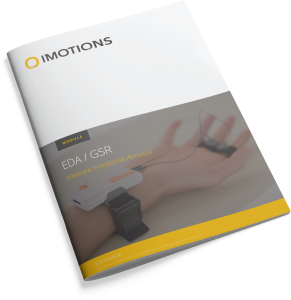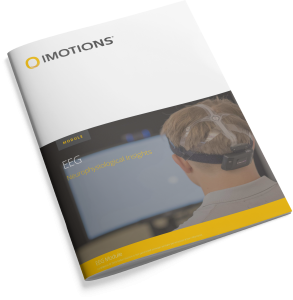Abstract: Today, intelligent machines interact and collaborate with humans in a way that demands a greater level of trust between human and machine. A first step towards building intelligent machines that are capable of building and maintaining trust with humans is the design of a sensor that will enable machines to estimate human trust level in real-time. In this paper, two approaches for developing classifier-based empirical trust sensor models are presented that specifically use electroencephalography (EEG) and galvanic skin response (GSR) measurements. Human subject data collected from 45 participants is used for feature extraction, feature selection, classifier training, and model validation. The first approach considers a general set of psychophysiological features across all participants as the input variables and trains a classifier-based model for each participant, resulting in a trust sensor model based on the general feature set (i.e., a “general trust sensor model”). The second approach considers a customized feature set for each individual and trains a classifier-based model using that feature set, resulting in improved mean accuracy but at the expense of an increase in training time. This work represents the first use of real-time psychophysiological measurements for the development of a human trust sensor. Implications of the work, in the context of trust management algorithm design for intelligent machines, are also discussed.
Scientific Publications from Researchers Using iMotions
iMotion is used for some of the most interesting human behavior research studies done by top researchers around the world. Contact us to have your publication featured here.
All Publications












